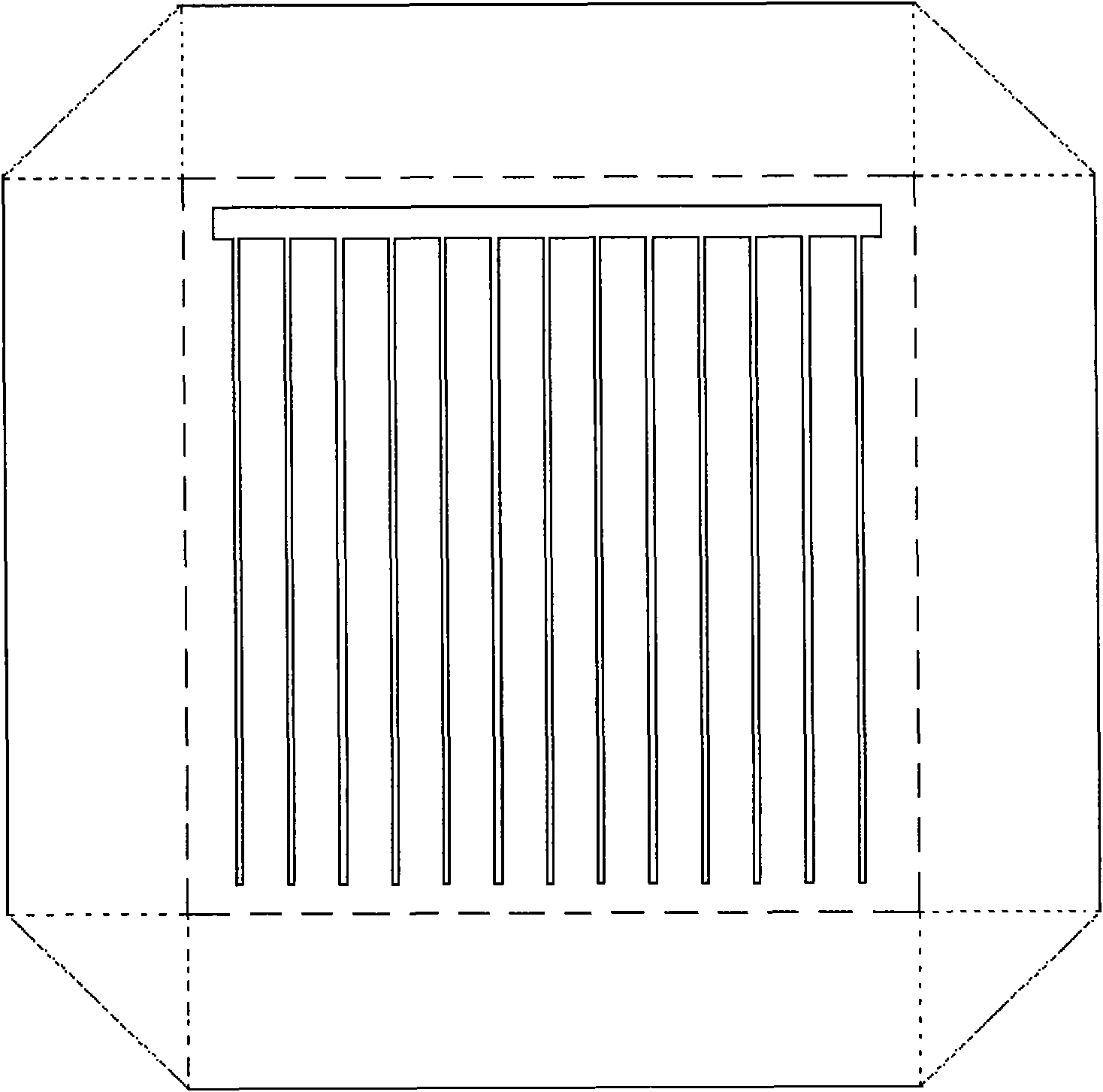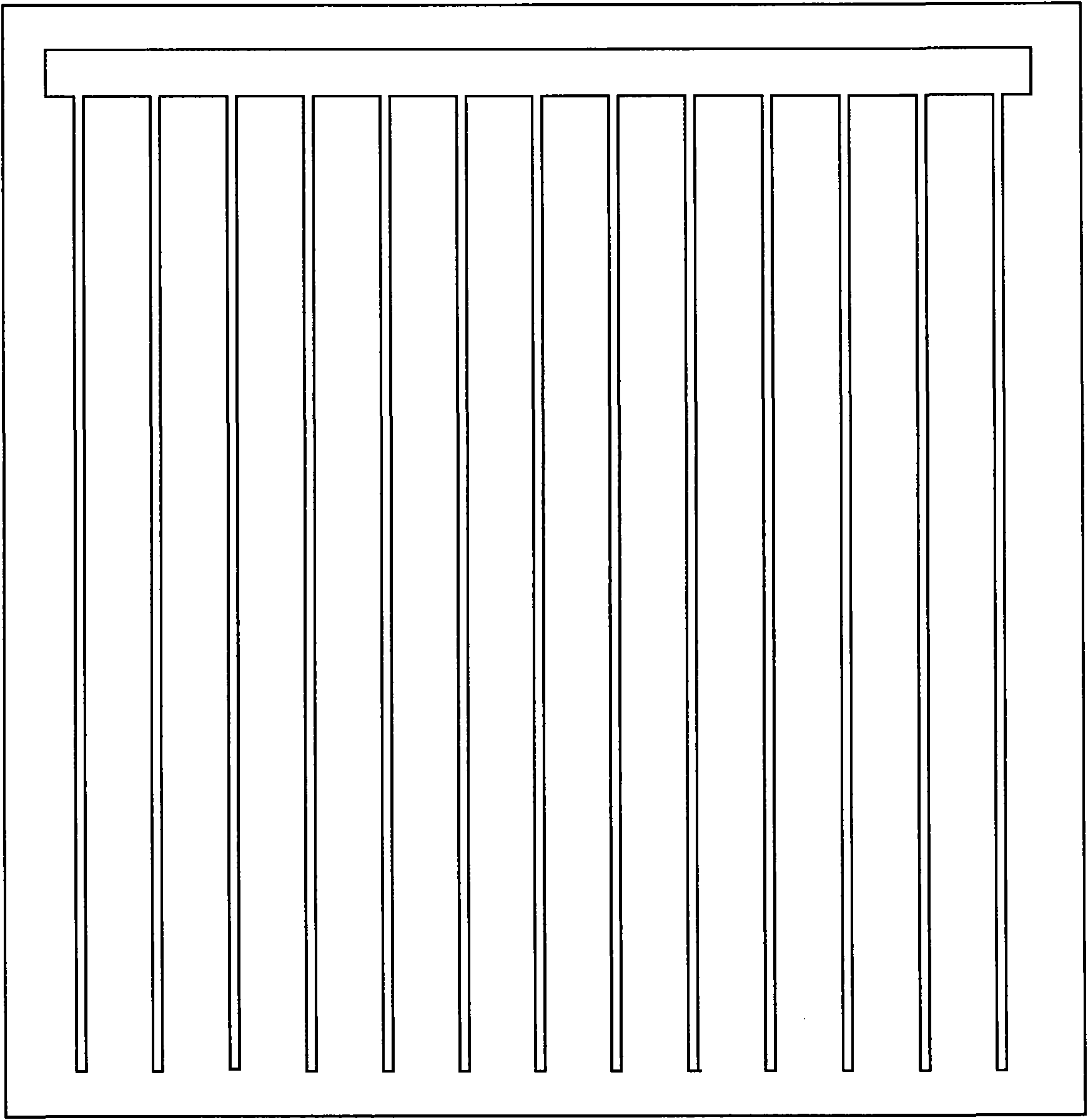Novel SINP silicone blue-violet battery and preparation method thereof
A violet photocell, a new type of technology, applied in photovoltaic power generation, circuits, electrical components, etc., can solve the problems of the decline of the blue-violet light response of conventional crystalline silicon photocells, affecting the collection efficiency of short-wavelength photogenerated carriers, and large lattice distortion. The effect of improving photovoltaic properties, reducing surface recombination rate, and reducing internal stress
- Summary
- Abstract
- Description
- Claims
- Application Information
AI Technical Summary
Problems solved by technology
Method used
Image
Examples
Embodiment 1
[0032] A preferred embodiment of the present invention is described as follows in conjunction with accompanying drawing:
[0033] see figure 1 , the novel silicon-based SINP structure blue-violet light cell, comprising a P-type silicon single wafer substrate 1, is characterized in that a layer of n-type region 2, a layer of ultra-thin SiO 2 layer 3 and a layer of ITO anti-reflection / collection electrode film 4, Cu grid finger electrodes 5 are arranged on the surface of the ITO anti-reflection / collection film 4; a layer of Al layer (6) is provided on the back of the substrate 1.
[0034] see figure 1 , Figure 2 and image 3 , the crystal orientation of the substrate 1 is (100), the resistivity is 1-2.0 Ω·cm, and the thickness is 220 μm±30 μm. The ultra-thin SiO 2 The thickness of layer 3 is 15~ The thickness of the ITO anti-reflection / collection film 4 is 70nm±7nm, and the thickness of the Cu grid finger electrode 5 is 1 μm±0.1 μm.
[0035] see figure 1 , Figure 2 ...
PUM
| Property | Measurement | Unit |
|---|---|---|
| electrical resistivity | aaaaa | aaaaa |
| thickness | aaaaa | aaaaa |
| thickness | aaaaa | aaaaa |
Abstract
Description
Claims
Application Information
 Login to View More
Login to View More - R&D
- Intellectual Property
- Life Sciences
- Materials
- Tech Scout
- Unparalleled Data Quality
- Higher Quality Content
- 60% Fewer Hallucinations
Browse by: Latest US Patents, China's latest patents, Technical Efficacy Thesaurus, Application Domain, Technology Topic, Popular Technical Reports.
© 2025 PatSnap. All rights reserved.Legal|Privacy policy|Modern Slavery Act Transparency Statement|Sitemap|About US| Contact US: help@patsnap.com



